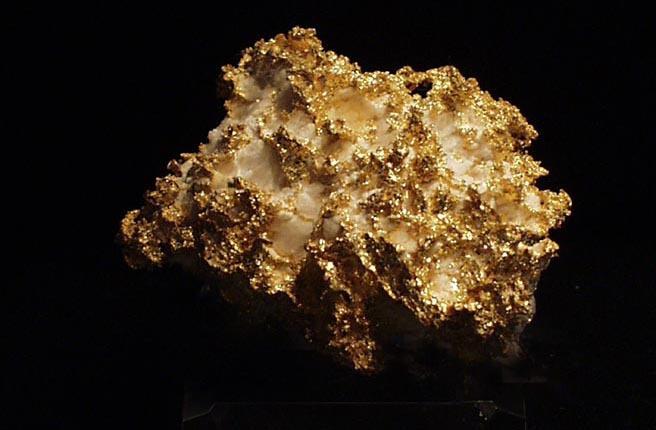
Gold and silver worth millions found in Swiss sewage

Thinking about a gold-panning holiday in Switzerland? Head south to Ticino, where concentrations of gold in sewage are “sufficiently high for recovery to be potentially worthwhile”, according to a federal science report.
Every year, gold and silver worth CHF3 million ($3.06 million) is lost via effluents and sludge from wastewater treatment plants in Switzerland, the Swiss Federal Institute of Aquatic Science and Technology (EAWAG) said on Tuesday.
The concentrations measured do not pose risks to the environment, and recycling would not be economically worthwhile, it added.
The study also produced findings on other trace elements in wastewater, including rare earth metals such as gadolinium and the heavy metal niobium. Trace elements are increasingly widely used in the high-tech and medical sectors – for example, the transition metal tantalum and the semimetal germanium in electronic components; niobium and titanium in alloys and coatings; or gadolinium as a contrast medium and in luminous paints.

More
Why today’s Swiss waterways are fit for swimming
EAWAG carried out the first systematic, quantitative assessment of elements discharged in effluents or disposed of in sewage sludge. The study, involving 64 wastewater treatment plants across Switzerland, was commissioned by the Federal Office for the Environment.
“It is interesting to note the per capita fluxes calculated for the Swiss population on the basis of the element concentrations measured. These range from a few micrograms (gold, indium, lutetium) or more than a milligram (zinc, scandium, yttrium, niobium, gadolinium) to more than a gram per day (phosphorus, iron, sulphur),” the authors wrote.
“While this may not seem much at first glance, the nationwide fluxes expressed in kilograms per year are quite substantial: 3,000kg of silver, 43kg of gold, 1,070kg of gadolinium, 1,500kg of neodymium and 150kg of ytterbium.”
No known danger
Element concentrations vary widely from one treatment plant to another, the study found. For example, elevated concentrations of ruthenium, rhodium and gold were found in the Jura – “presumably from the watchmaking industry” – and of arsenic in parts of Graubünden and Valais, which the researchers put down to geology.
“At certain sites in Ticino, concentrations of gold in sewage sludge are sufficiently high for recovery to be potentially worthwhile,” the authors said, attributing this to the presence of several gold refineries in the region. They did not pinpoint the sites.
Overall, however, “the recovery of metals from wastewater or sludge is scarcely worthwhile at present, either financially or in terms of the amounts which could be extracted”. For example, the total aluminium and copper fluxes are equivalent, respectively, to only 0.2% and just under 4% of annual Swiss imports.
In the vast majority of cases, concentrations were of “no ecotoxicological concern” and lay below specified limits. Elevated concentrations in effluents or sludge were only found at a few sites in the case of the heavy metals copper and zinc. At the same time, as the authors emphasise, little is known about the potential toxicological effects of many emerging trace elements.

In compliance with the JTI standards
More: SWI swissinfo.ch certified by the Journalism Trust Initiative





























You can find an overview of ongoing debates with our journalists here . Please join us!
If you want to start a conversation about a topic raised in this article or want to report factual errors, email us at english@swissinfo.ch.